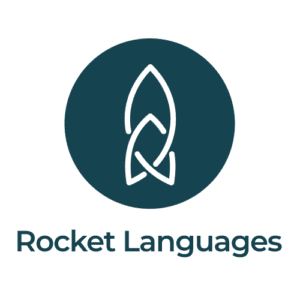
The short answer is that there is absolutely no way to determine a single “hardest” language which will be the same for everyone. There are simply too many factors involved. Languages may be sorted into general categories of difficulty for a particular set of learners. For example, in the United States, the Foreign Service Institute (FSI) sorts languages into categories based on how long they should take to learn to a specific level for their students. This could provide a general estimate for English native speakers, however, even this list is not a precise ranking, and is designed with FSI students in mind.
Many languages are often said to be “the most difficult”. Some of the most commonly mentioned ones are Polish, Hungarian, Chinese (probably referring to Mandarin), and even English. Common reasons given are complex grammar, tones, and irregularity. Even if these were the only factors, it would still be impossible to determine a clear difficulty ranking, since it’s unclear which of these features should be given the most weight. Even within the category of complex grammar, it’s unclear which grammatical features should be given the most weight. In addition, languages with less inflectional grammar, which is often thought of as “complex”, often require more words to express the same concept.
One factor by which a language might be determined to be “the most difficult” is the number of cases, a higher number meaning that the language is more inflectional, therefore seen as more “complex”. However, someone else could just as easily say that having a lot of different prepositions to memorize would make a language more difficult. There is no objective reason why having a lot of cases is more difficult to deal with than having a lot of prepositions, so this criteria doesn’t really help.
Even using irregularity as a criteria is not so simple. Irregularity often happens in a language because the irregular form is just shorter or easier to say, so there is really no objective way to determine that the hypothetical regular forms that might have existed would be any easier use for a learner.
Some might even argue that some complex grammatical features help them learn a language. When a learner doesn’t know all the words in a sentence, grammatical features can help figure out the meaning or at least the part of speech.
Even redundant grammatical features exist for reasons. For example, it decreases the likelihood to misunderstand or mishear what someone is saying when languages repeat the same information in different ways. Even features which don’t repeat or add any information, like gender, at the very least help tell words or sentences apart. Redundancy can also allow certain words to be omitted and be used for emphasis in some languages. For example, languages that conjugate for person often allow the pronoun to be dropped, freeing it up to be used for emphasis as an optional feature.
Some learners who have tried learning both Spanish and French have reported Spanish being easier despite what is sometimes said to be “more complex” grammar. French has more homonyms and less redundancy which can be used to help figure out a sentence, which some learners find to make it more difficult.
There are many factors which influence how difficult a language will be for each learner. These include closeness to native language, amount of resources available, and personal interest.
Generally, languages which are more similar to one’s native language are thought of as easier to learn. The idea is that similar language will have more familiar words which are easier to remember, and familiar grammatical structures which might not require as much of a learning curve. However, it is worth noting that even this idea can be disputed, as many learners report that knowledge of similar languages can cause them to interfere with each other.
Resource availability is a huge factor in how difficult a language will be to learn. In fact, in the end, this is probably the single most important factor. Even if a language is easy for every other reason, learners might have a difficult time if resources for a language are nowhere to be found, or just very sparse. For less common languages, even authentic content can be difficult to find. Even with more common languages, there can be drastic differences in terms of resources and content available. For example, many language learning platforms heavily prioritize Spanish and French, and the difference between lessons available for these languages and other can be drastic, even if the other courses are fairly maintained as well.
Level of interest in a language is also an important fact, even if it doesn’t come close to being the most important. Although it is possible to motivate yourself to learn any language, it will definitely be much easier if it’s a language that you want to learn. Even if you spend the same amount of time learning one language as you would another one, your brain might just do a better job taking in information if you actually care about the language.
With so many factors, there is absolutely no way to determine a definite “most difficult language”. Although languages can be categorized in terms of general difficulty for particular sets of learners, there are far too many factors, many of them subjective, that go into how difficult a language will be for a specific person to learn.


